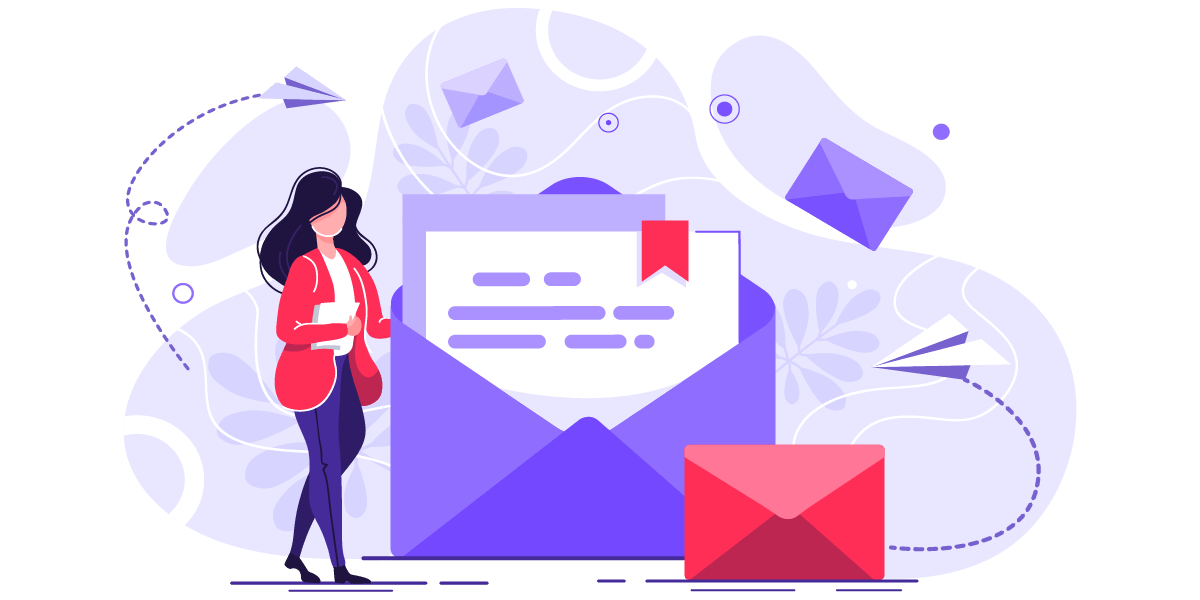11 Proven Strategies For The Perfect Landing Page For Google Ad Campaigns
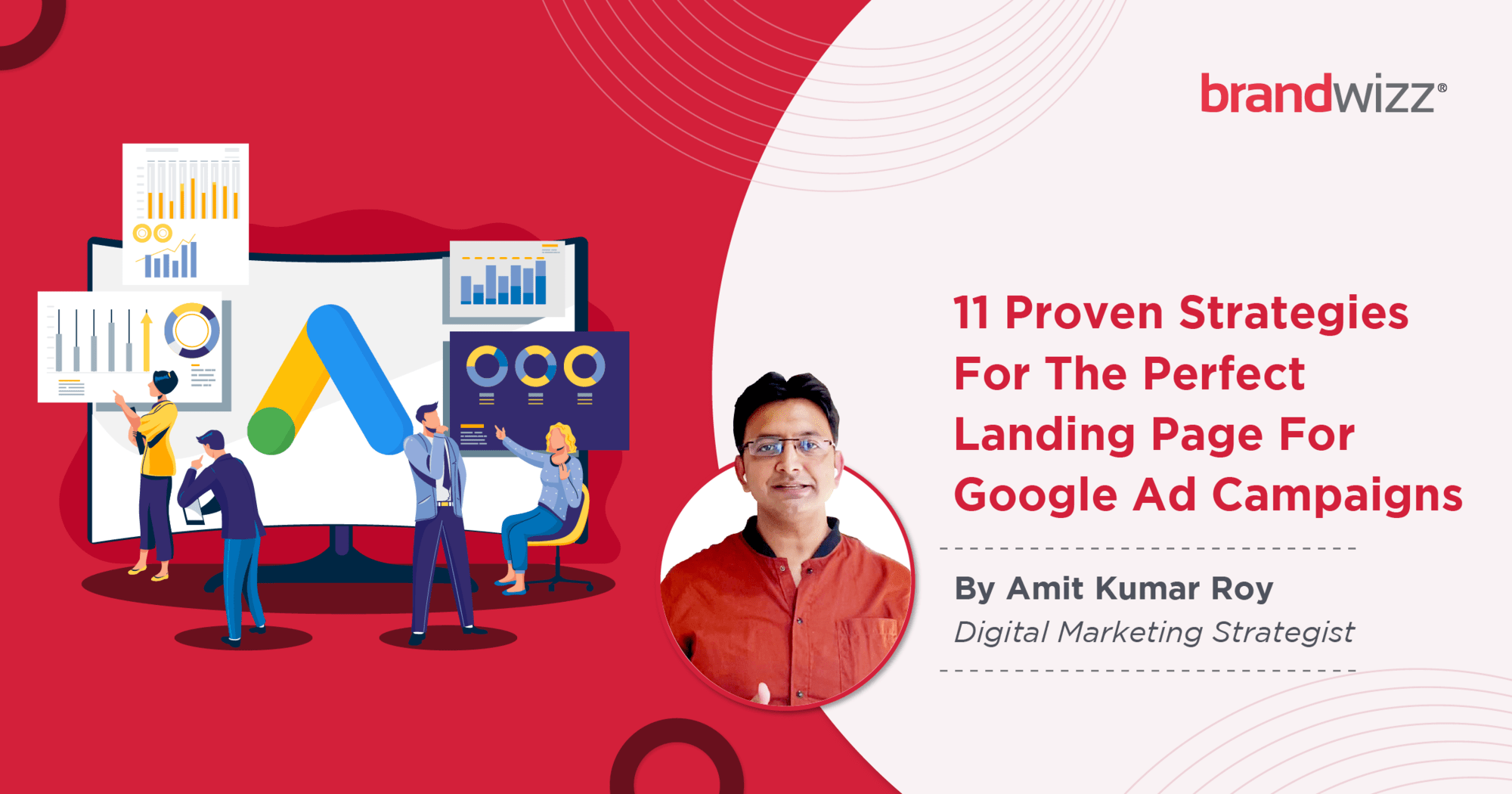
Pay-per-click (PPC) advertising on Google plays a vital role in the overall buyer journeys online. The purchase decisions of 9 out of every 10 buyers are influenced, in some way or the other, by these paid ads. When set up properly, the traffic volume generated by PPC advertisements can be up to 2X more than what organic sources (read: SEO) can bring in. By the end of 2024, the total spending on Google search ads is projected to soar beyond $190 billion – a clear indication of businesses increasingly relying on this channel for lead generation and conversions.
Out of everyone who clicks the paid ads of Google, nearly 68% are already looking for a purchase. However, things can go haywire – with leads dropping off before undertaking any purchase-action – if the landing page is not properly optimised. That’s precisely why any top digital marketing agency in Kolkata places prime emphasis on setting up the landing page that would deliver excellent UX, and give people that all-important ‘nudge’ towards conversion. In what follows, we will highlight some important best practices for landing page optimisation:
- Ensure Instant Page Loading
- Optimise Loading Page Form(s)
- Pay Attention To The Trust Factor
- A Clear, Convincing Headline Is Essential; As Is A Visually Appealing Design
- Make The Landing Page Copy Concise And Engaging
- Mobile-Friendliness Is A ‘Must-Have’
- Create Scarcity; Add Elements Of Social Proof
- Easy Navigation Delivers The Best Results
- Incorporate The Essential SEO Components
- Personalisation According To Audience Segments Is Important
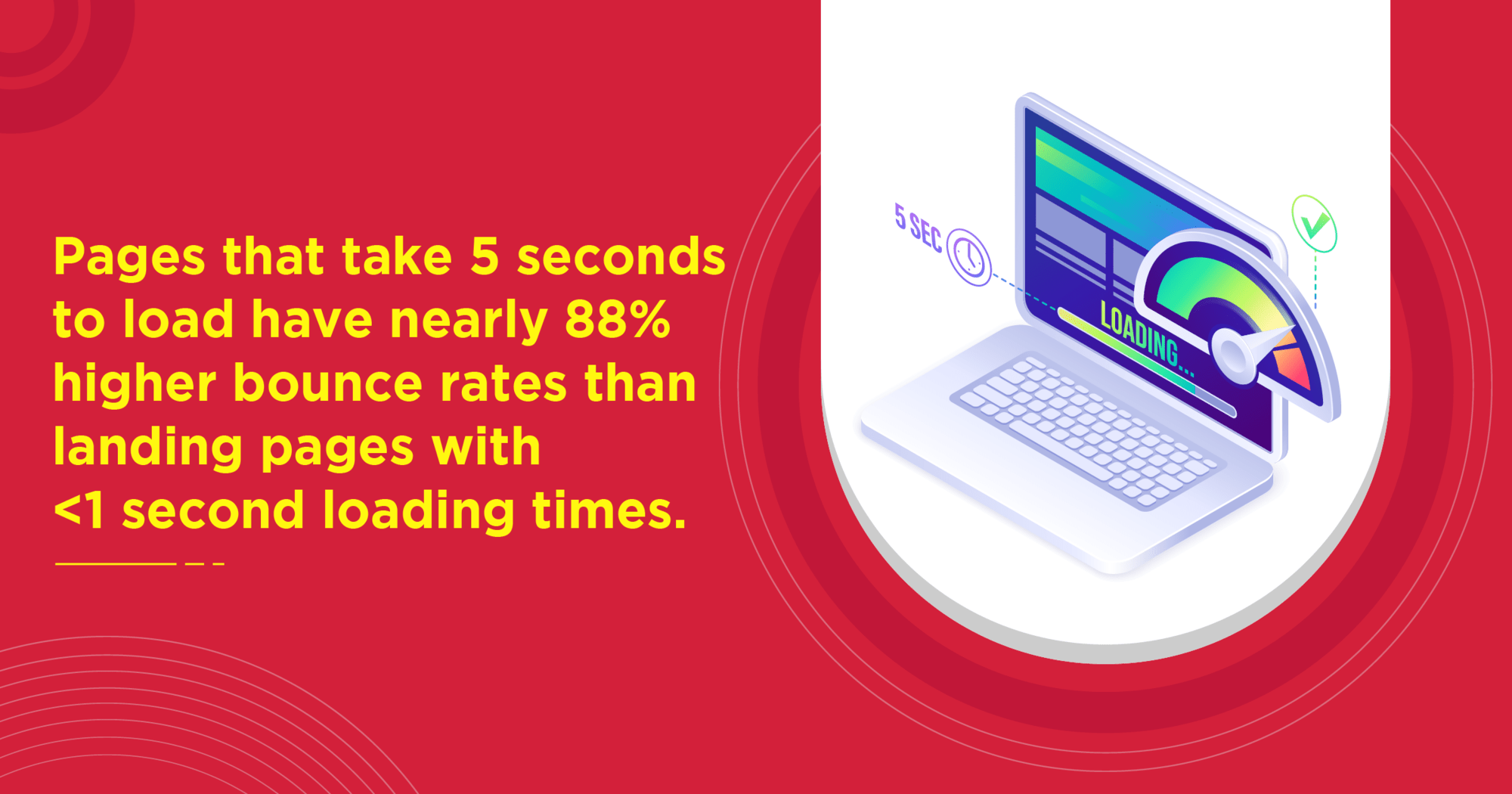
Faster Page Loading Ensures Better Engagements
A landing page that takes forever to load is an absolute waste. As per a recent Google report, pages that take 5 seconds to load have nearly 88% higher bounce rates than landing pages with <1 second loading times. The probability of conversions is directly proportional with the loading speed of the landing page (i.e., how quickly people can view your products/services and take action). On mobile too, conversion rates drop by ~19% for every additional second of page loading. Make your landing page load instantly, and usher in more conversions.
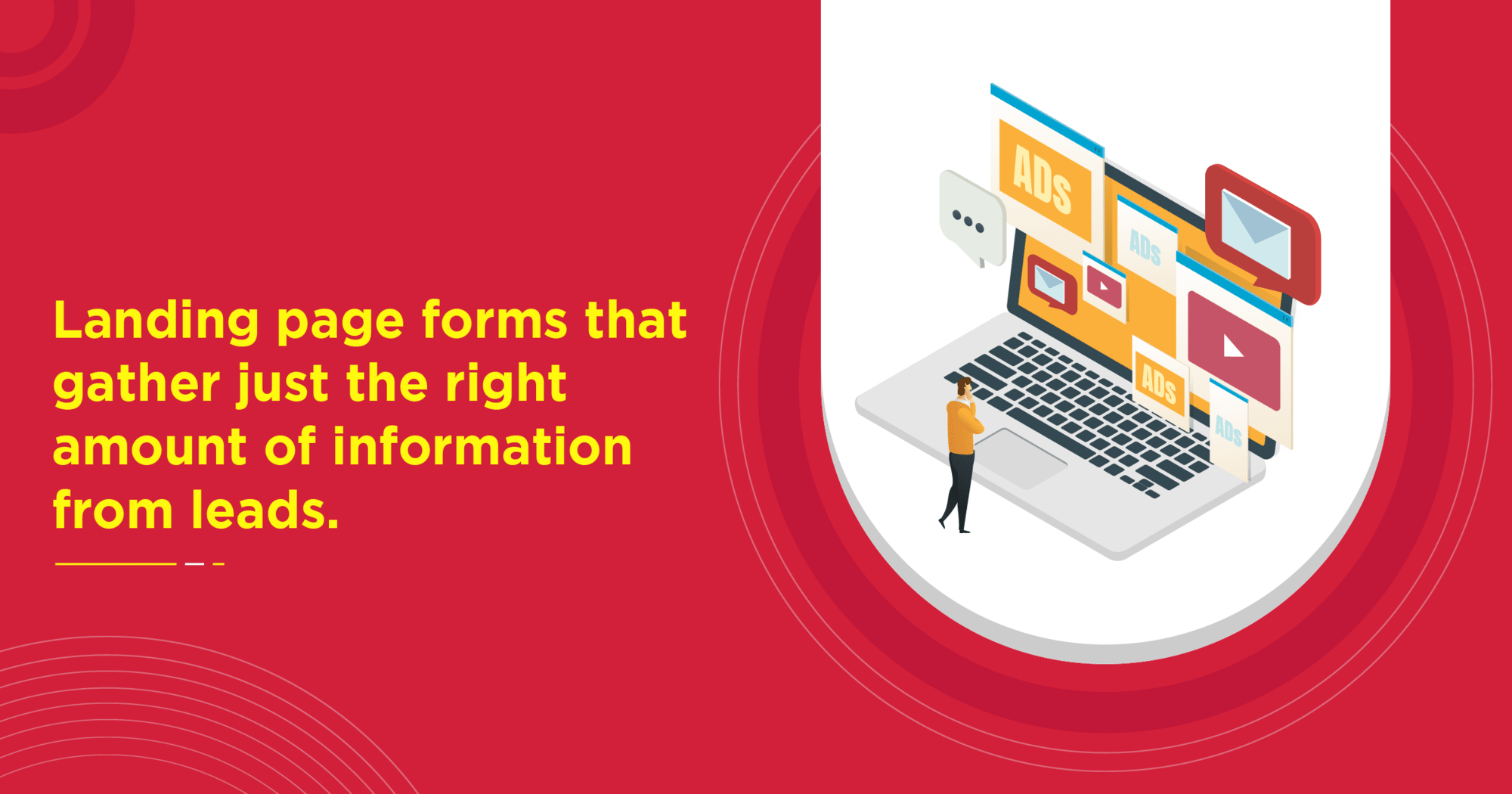
An Optimized Forms on Landing Page Ensure Better Leads
A buyer who has clicked an ad and has arrived on the landing page is all set to ‘convert’. However, a poorly conceived form on the page can throw a spanner in the works. That’s why any leading creative advertising agency emphasises on the importance of incorporating landing page forms that gather just the right amount of information from leads. Adding the right visual cues, and making smart use of whitespace, is also critical. A cluttered, overlong form on the landing page can deter potential buyers from converting.
In the online space, trust is what drives business. Add all the information on your Google Ads landing page – right from contact details and offer information, to other pertinent data – to ensure that it comes across as authentic to buyers. Double-check to ensure that there are no spelling/grammatical mistakes in the copy (that would reek of unprofessionalism). For the form, justify the reason(s) why buyers should provide their information. Do not over-promote or make claims that are hard to believe. Avoid pop-ups. If required, you can consider adding a secondary CTA and/or a link to the Privacy/Terms of Use page.
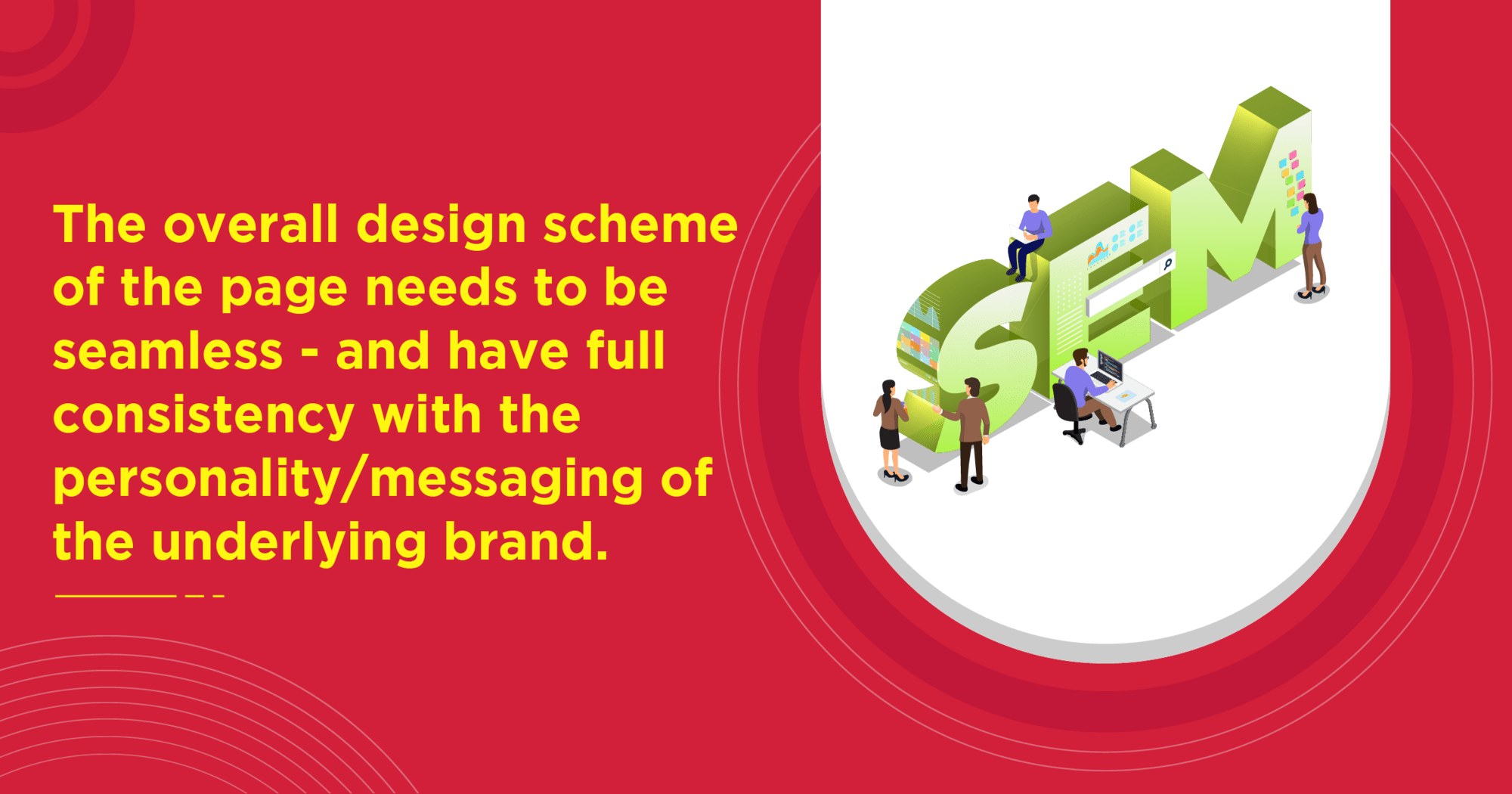
Balance Between Visually Appealing Design and Text
The landing page of paid ads need to cater to both search engine marketing (or, SEM) requirements as well as meet the ‘search intent’ of viewers. For this, the overall design scheme of the page needs to be seamless – and have full consistency with the personality/messaging of the underlying brand. There has to be a proper mix of functionality and aesthetic value. The headline of the page should be strong enough – to capture user-attention. Including the PPC keyword is important in this regard.
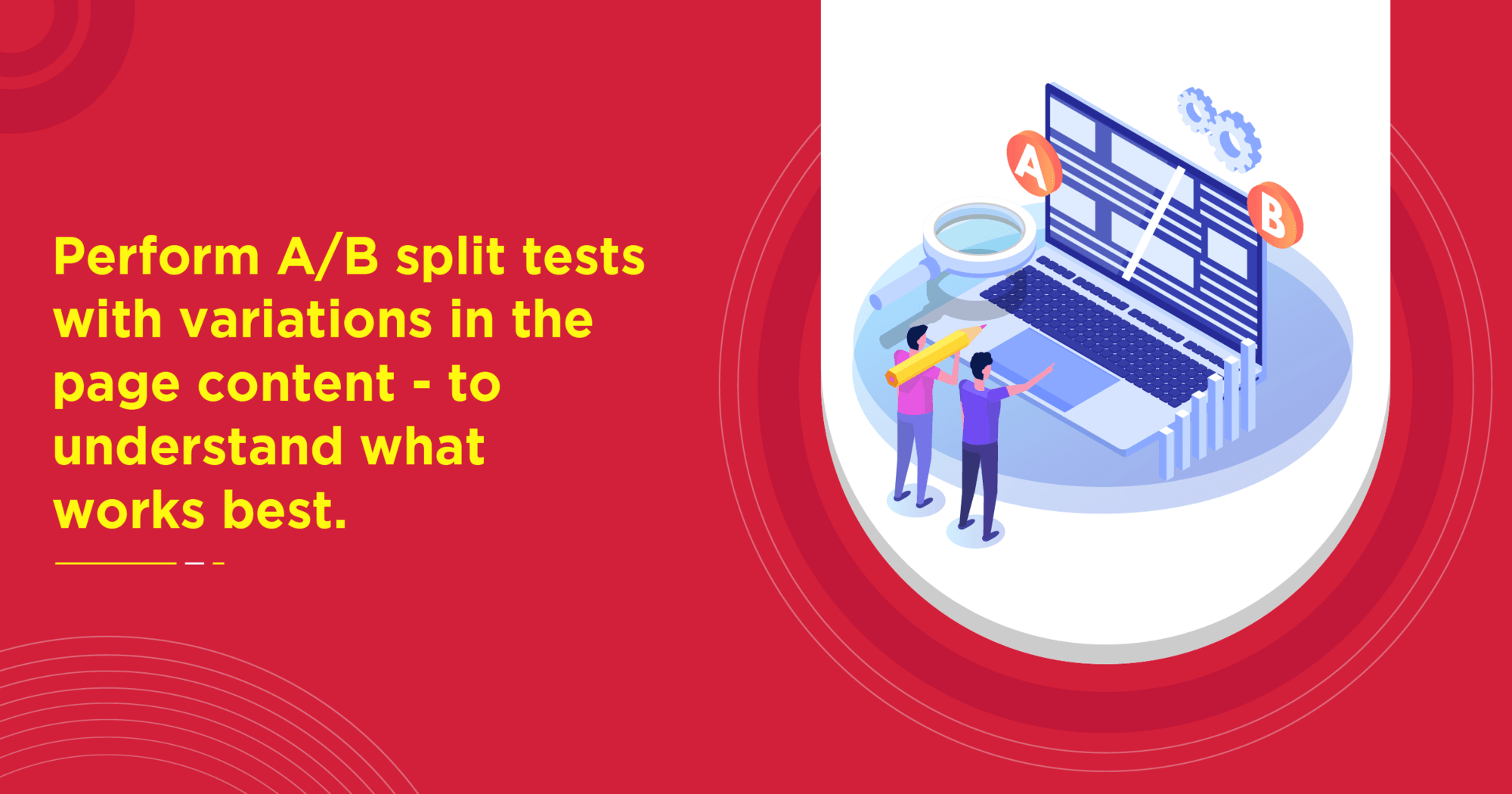
Understand the Context and then Create Engaging & Concise Copy of Landing Page
People look for information before making a purchase-decision, and they need the information fast. Any expert on PPC and digital marketing services invariably recommends having simple, concise and easily scannable content on the landing page. People should not face any problems in understanding your message – particularly as far as the features/benefits of your products are concerned. While there can be the odd exceptions, keeping the landing page copy short and to-the-point (e.g., using bulleted points can work great) is advisable. Ideally, perform A/B split tests with variations in the page content – to understand what works best.
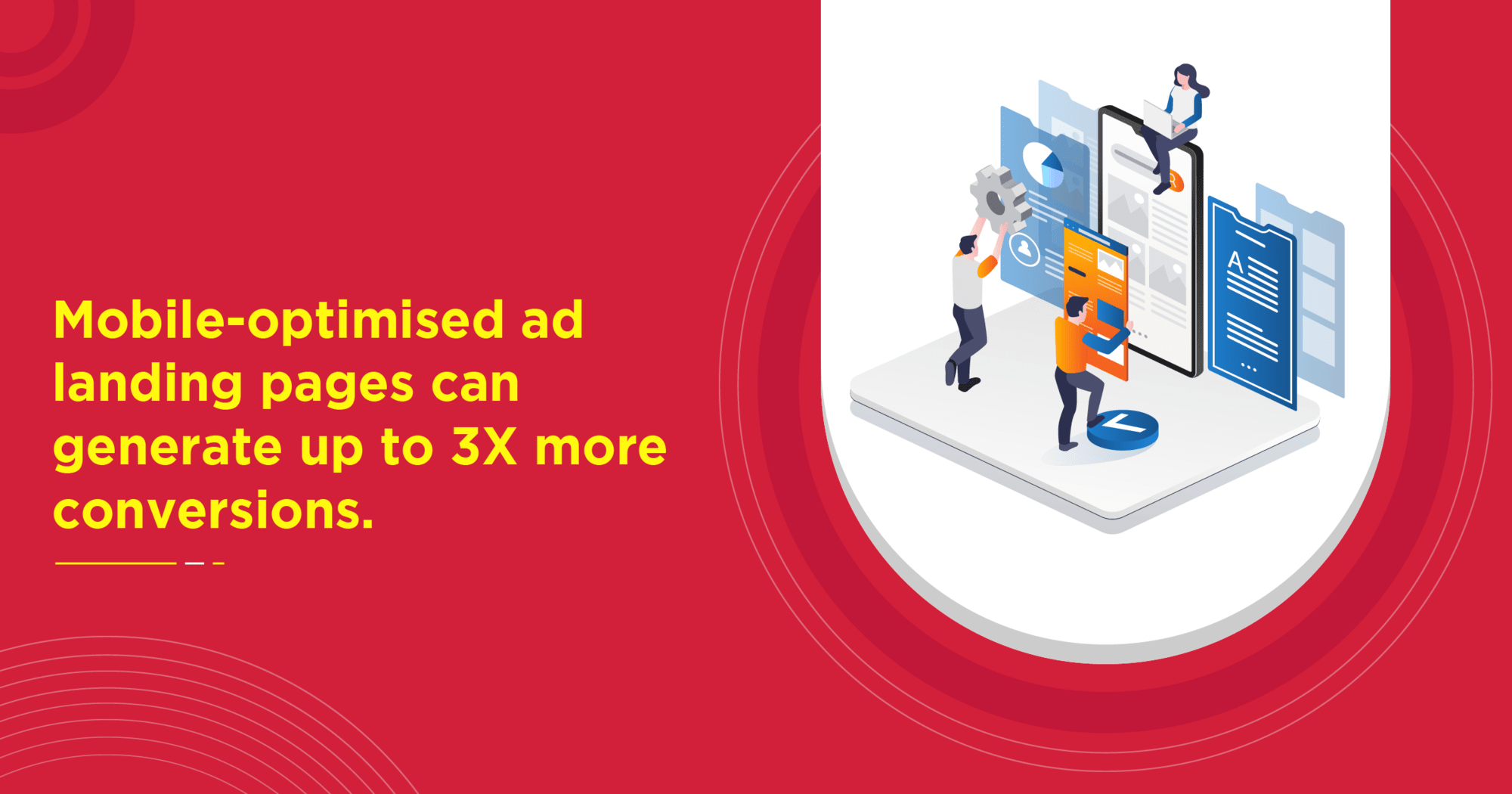
Optimize Your Landing Page for Mobile Devices
Ours is a ‘mobile-first’ world. In order to be effective, online marketing in general, and PPC campaigns in particular, need to comply with this. An Adobe report recently confirmed that mobile-optimised ad landing pages can generate up to 3X more conversions. As the most popular search engine platform by a country mile, Google is constantly looking to enhance the mobile browsing experience of users. When landing pages are mobile-optimised, their Quality Score goes up. After all, you need to let people purchase on the go!
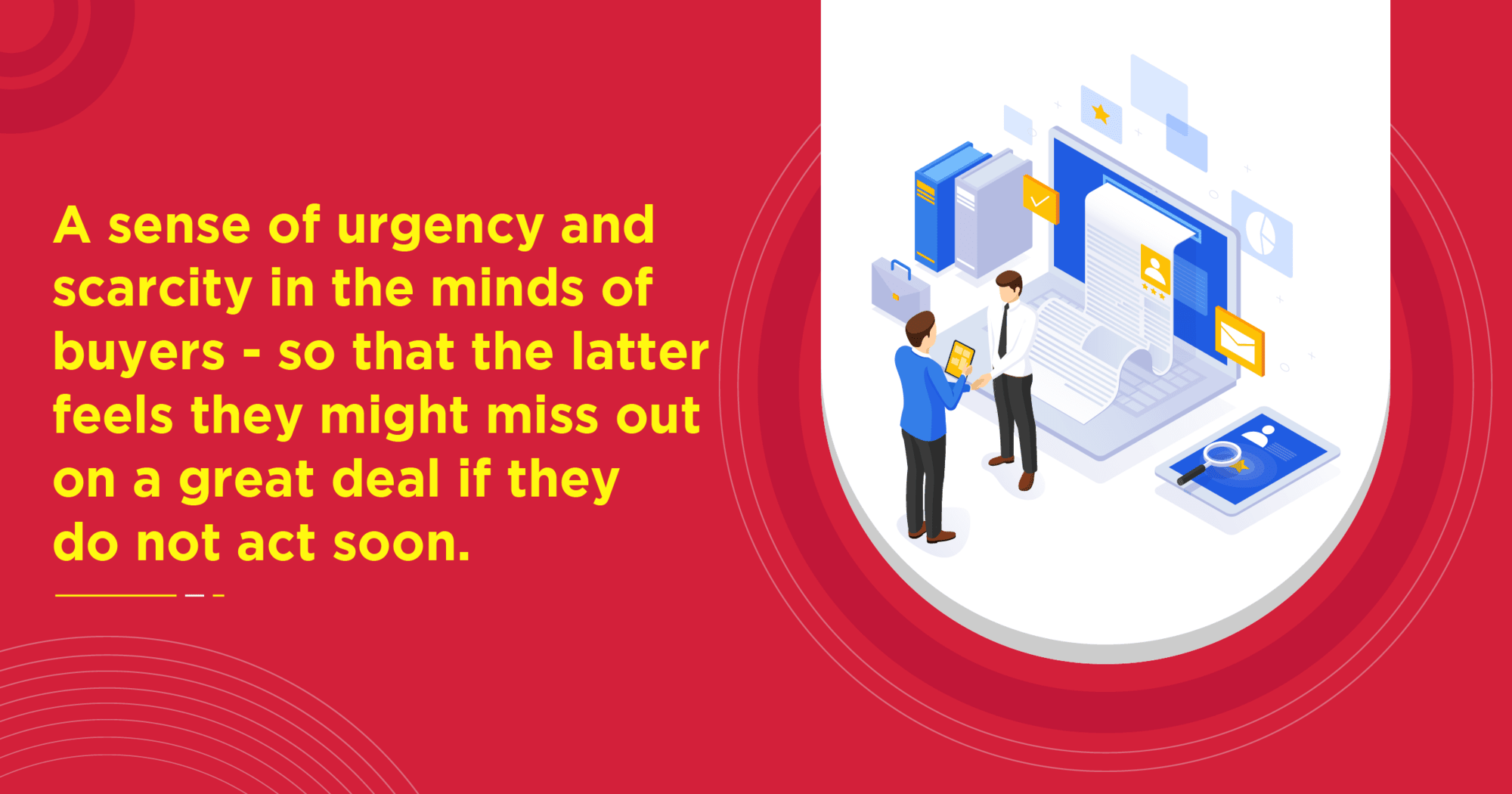
Add Element of Social Proof that Makes Big Impact
If your landing page gives off a vibe that potential customers can take their own sweet time before converting, your paid ad campaigns would never deliver the desired results. It is always a good idea to create a sense of urgency and scarcity in the minds of buyers – so that the latter feels they might miss out on a great deal if they do not act soon. That’s precisely why terms like “only XX items remaining” are commonly used on these pages. In addition, there should also be elements of social proof, like reviews, testimonials, ratings & more (user-generated content). These build an additional layer of legitimacy – putting visitors at their ease.
Landing Page Has To Be Consistent With The Ad Displayed
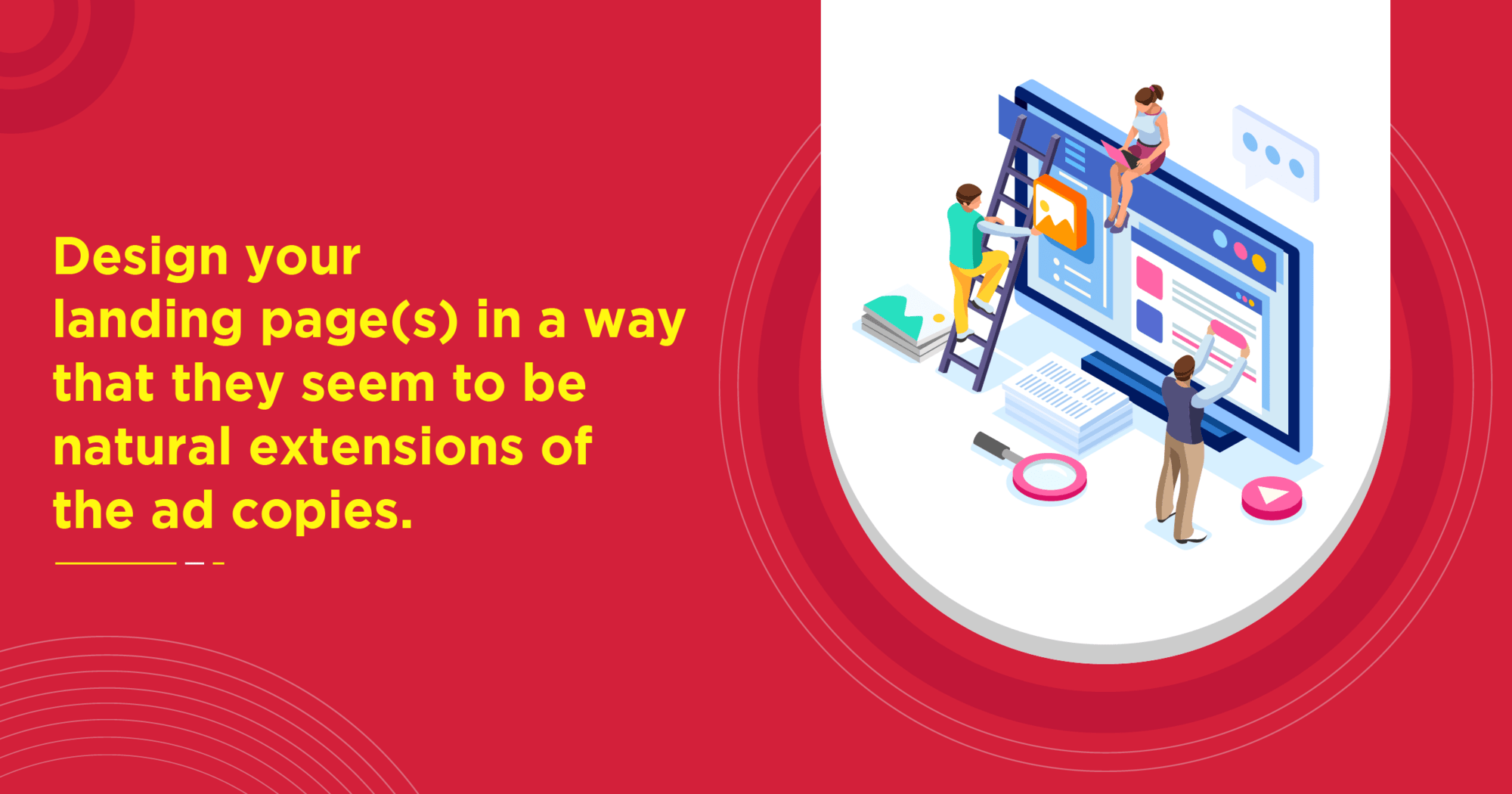
Be Consistent With The Ad Displayed
When there is a gap between the before-click and the after-click experiences of a paid ad (for users), chances of lead drop-offs go up sharply. Design your landing page(s) in a way that they seem to be natural extensions of the ad copies. In particular, there should never be any disconnect between the messaging in the two. Maintaining this level of consistency would ensure that users will find the page more ‘relevant’, and hence, would be more likely to convert. People click on an ad expecting further information on something – the landing page needs to deliver precisely that.
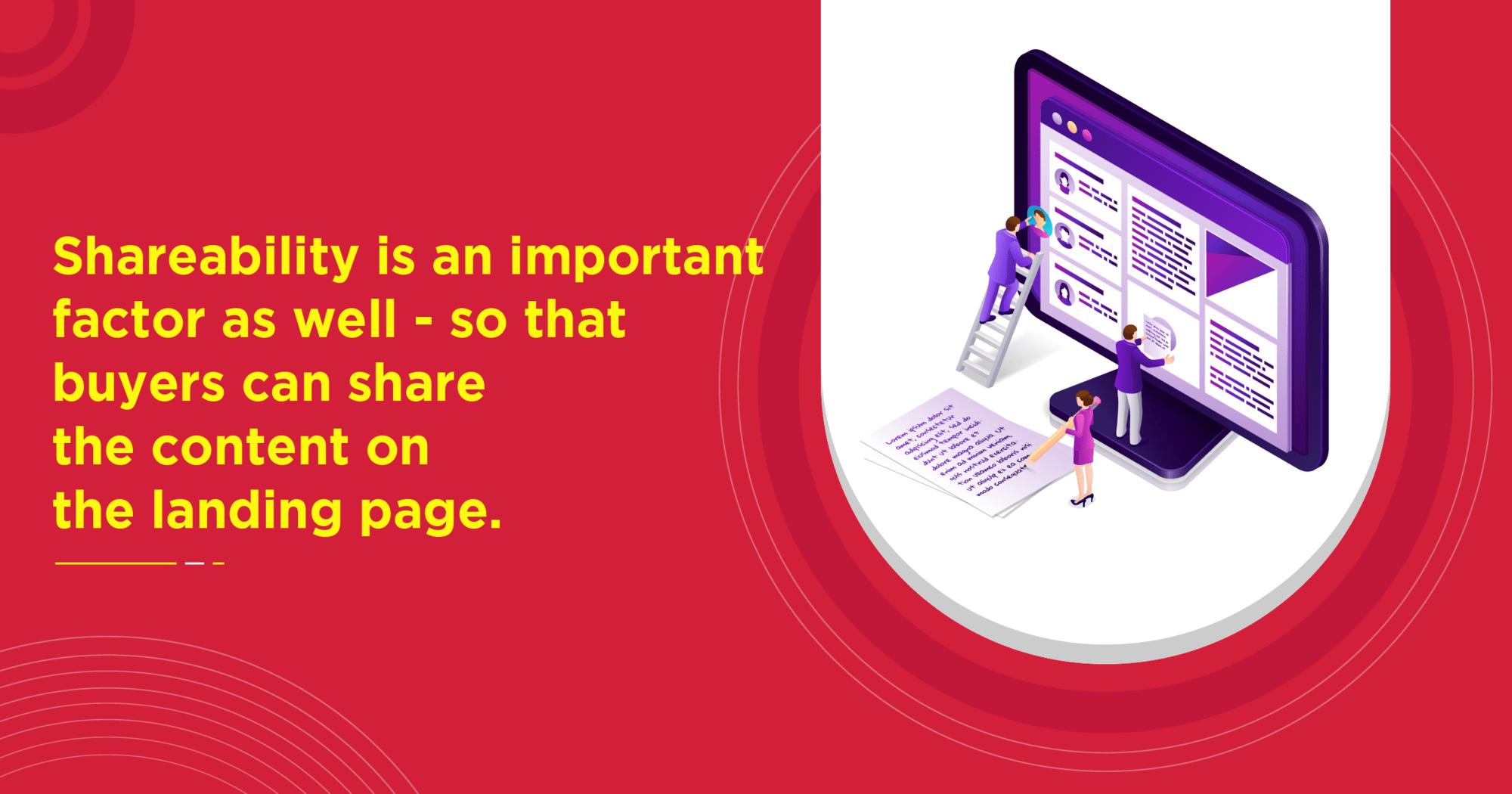
Proper Navigation Elements Improves User Engagement
Ease of navigation can truly make-or-break the performance of your ad’s landing page. Every top digital marketing agency in Kolkata reiterates the importance of providing the relevant information to prospects as quickly (i.e., in an upfront manner) as possible, and ensuring that people can check out all available options easily. In most cases, shareability is an important factor as well – so that buyers can share the content on the landing page. To help avoid confusions, using oversized, easily accessible CTAs is also recommended.
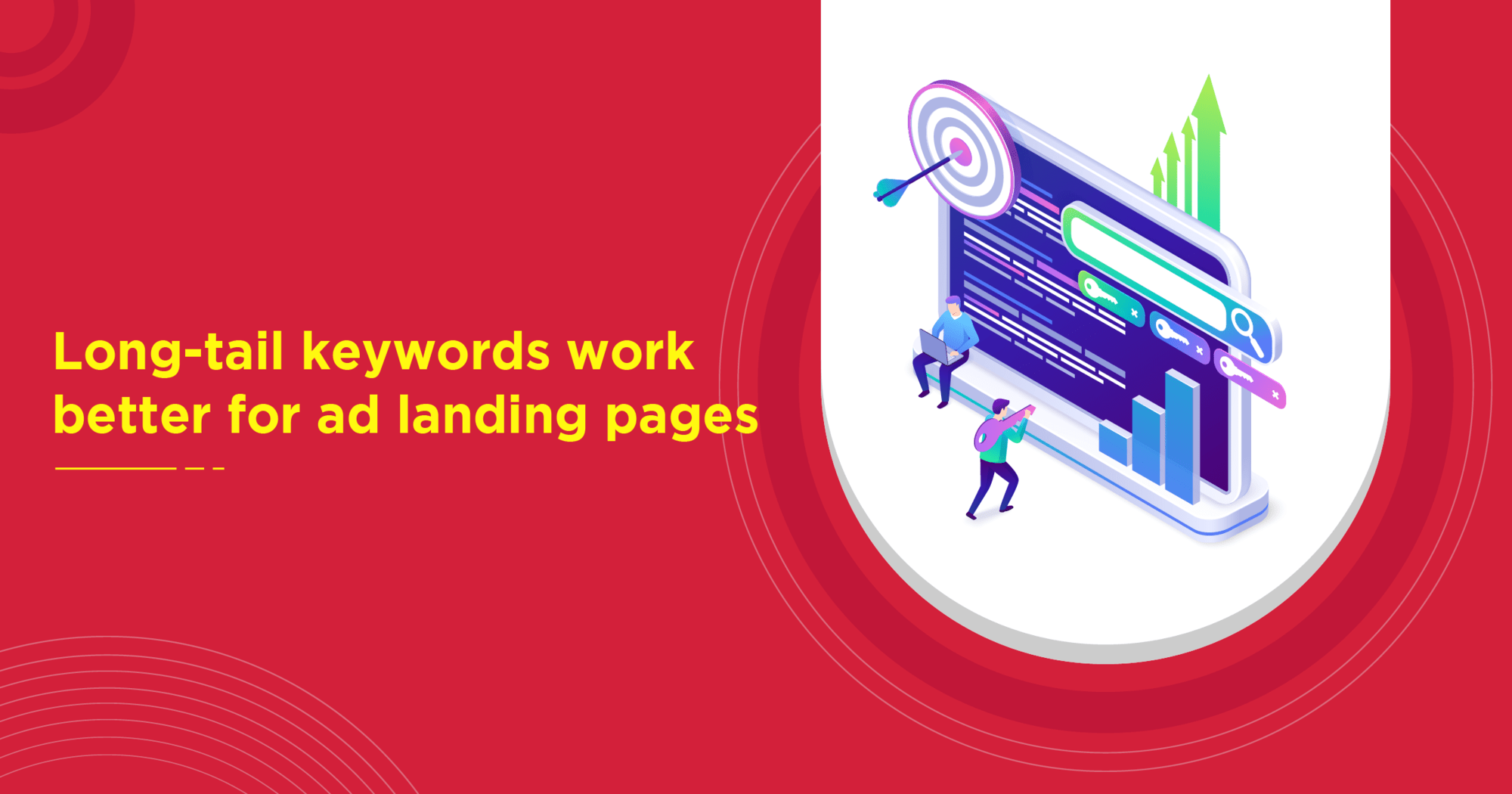
Incorporate Essential SEO Components (Long-Tail Keywords)
While designing Google ad landing pages, the necessary on-page SEO (search engine optimisation) should never be glossed over. The headlines as well as the regular content should include the keyword(s) inserted organically. You can also look for backlinks from reliable sources, to boost the ranking on Google of your landing page. Broadly speaking, long-tail keywords work better for ad landing pages – since they are more suitable for meeting the ‘search intent’ of people.
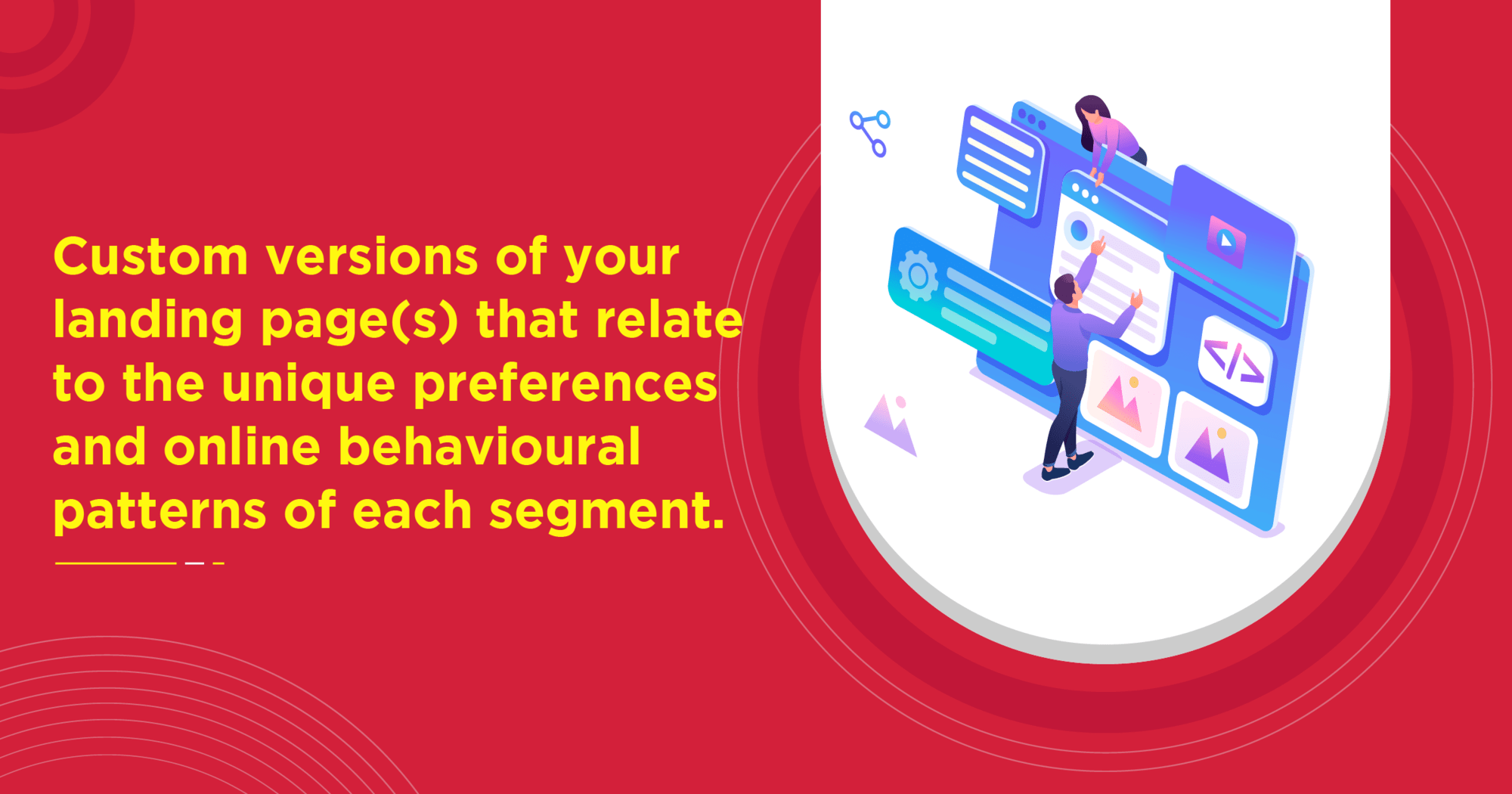
Personalize Audience Segments That Ensure Better CTR & ROI
‘Ad-to-page customisation’ is a big factor, when it comes to determining the probable success of paid ad campaigns. For most businesses, there are different buyer segments – and there should be custom versions of your landing page(s) that relate to the unique preferences and online behavioural patterns of each segment. This automatically enhances the overall brand impression – with cost per acquisitions (CPA) going down. When people can ‘relate’ to what the landing page ‘says’, making that all-important purchase-decision becomes that much easier.
For the B2B sector, the average conversion rate of paid ads on the search network is just a shade over 3.02%. The corresponding figure on the display network hovers around the 0.84% figure. By availing custom digital marketing services and Google ad management support, businesses can generate a ROI ratio as high as 8:1. For that to happen though, ads need to be consistent, have the information people are looking for, and are backed up by fully optimised landing pages. When the latter is not ‘done correctly‘, CTR may still be high – but conversion rates are likely to stay on the lower side. Given the potential of paid advertising, that would be a loss indeed.
The importance of having optimised landing page(s) for ensuring the success of a PPC campaign simply cannot be overemphasised. Do it right, and the returns can be excellent!

Amit is a Digital nomad at Brandwizz. An avid learner who believes in the magic of Words and Music. Eternal Optimist. Book Lover. Cinephile. Creative Soul, Down to Earth human. Connect to Know more!!



